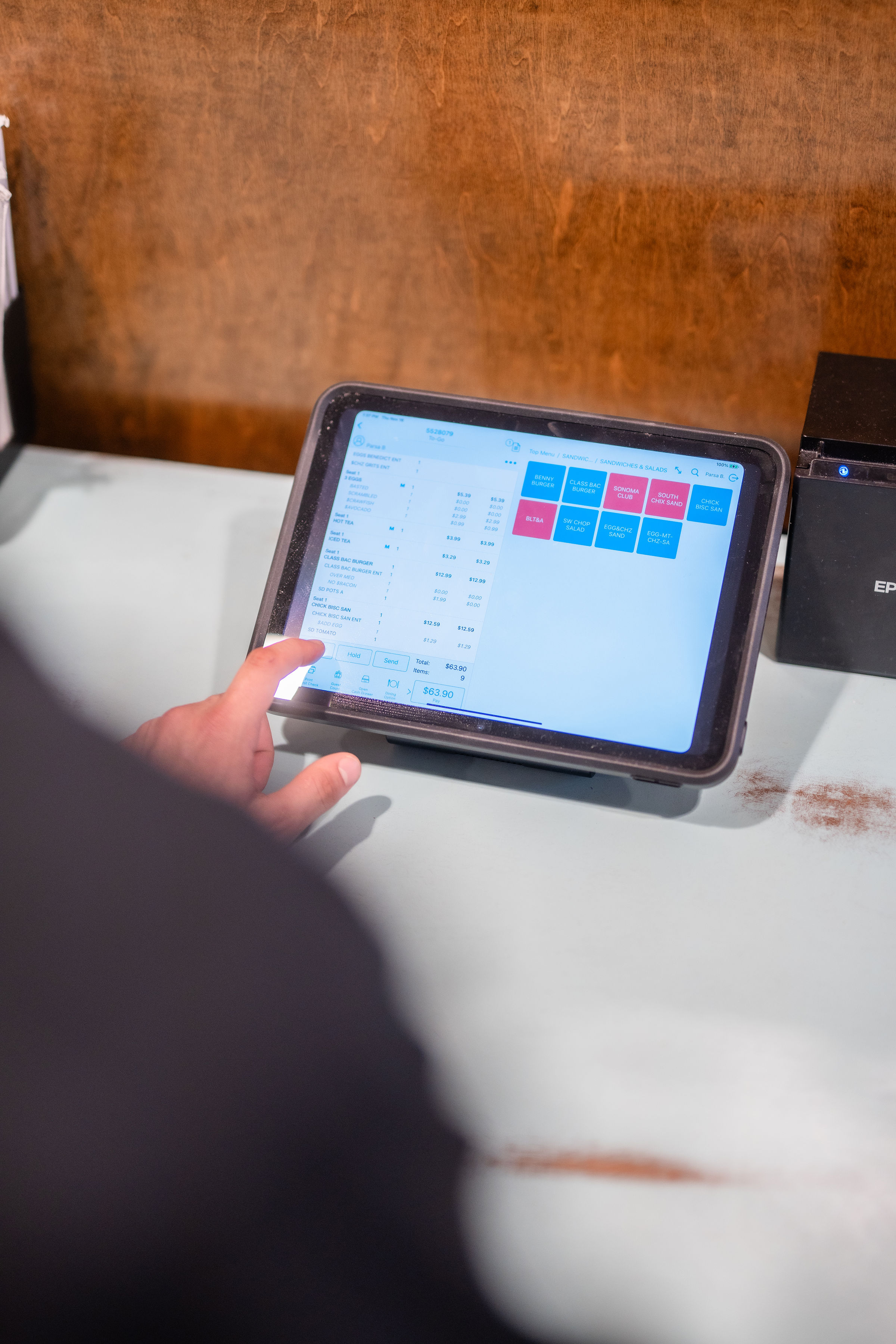Call Sales: +1 (833) 437-3835
Call Sales: +1 (833) 437-3835
Coral Drake | December 1, 2023 |

Global supply chain disruptions have resulted in a seismic shift in the hospitality landscape. Restaurants that once relied on consistent foodservice supply chains must now scramble to maintain consistency in menu item availability and quality.
Thankfully, with tools like smart inventory tracking, waste management, and local food sourcing, restaurants can mitigate the impact of supply chain disruptions and even capitalize on them.
Here’s how to manipulate global supply chain disruptions to your advantage.
Climate change is likely to negatively impact the production of essential crops within the next decade. For instance, corn yields could decline by 24%, and wheat might see a potential increase of about 17% due to climate change, according to NASA. That means you may want to switch to flour over corn tortillas or consider a baked potato side over corn on the cob.
Political unrest and war can emerge without notice, sending disruptive ripple effects throughout global supply chains, and affecting the availability and price of internationally-traded goods, such wheat, barley, corn, and oilseed, globally. It’s a good idea to keep your eye on the headlines, as these events can quickly impact your business, even when you are geographically distant from them.
Where profit margins are razor-thin, and ingredients are in short supply, forecasting demand and managing inventory is the difference between profit and loss. Intelligent data collection predicts customer behavior, seasonal trends, and upward and downward motions in demand for specific ingredients.
A digital inventory management system synchronizes with your point of sale (POS), providing real-time accuracy.
Manual counts are slow and prone to error. When you’re trying to make every ingredient count, you need to know what you have now, not last week. See exactly how much you have—and how much you need—at every second.
A smart inventory system enables accurate predictive ordering. It can even alert you that you’re running low and automate reorders of dwindling inventory. That way, you’ll always have the right amount of stock on hand—no more, no less.
Furthermore, understanding which ingredients are likely to be available and in what quantities allows for dynamic menu adjustments, preventing shortages and effectively utilizing surpluses.
A flexible menu that can adapt to the ebb and flow of ingredient availability can really take the sting out of supply chain disruptions. If your customers are accustomed to menu items fluctuating, they won’t mind dishes changing to accommodate the availability of ingredients. Emphasizing seasonal and local food sourcing is actually a huge attraction to many consumers.
For items that need to stay on the menu, consider adaptable descriptions that allow for seamless ingredient substitutions. This way, the chef can substitute as needed without disappointing your customers.
Good cost analysis is pivotal to enabling you to know what ingredients to choose for optimal savings. A good inventory system can break down the cost of ingredients vs. profit per plate at any given time.
When you see the cost of ingredients inching towards the profit line, it’s time to change the menu.
Shortening your foodservice supply chains through local sourcing is a straightforward way to get around global supply chain disruptions. As an added benefit, local food sourcing is great advertising for your restaurant, since many consumers value locally sourced ingredients.
Of course, more restaurant food suppliers also means more opportunities for hassle. Efficient inventory management is even more important when you’re working with multiple suppliers and trying to get the best deal. You need to know how long you can go without a menu item, and when you need to pay the higher price.
Strategically managing a diversified supplier base can enable you to navigate supply chain disruptions with agility, but it is likely to come with some hair-pulling as well. A well-diversified local and global supply chain requires a fine-tuned balance of effective communication, rigorous quality control, and savvy negotiation skills, but the payoff is a resilient supply chain and better, more varied ingredients.
When ingredients are hard to come by you really need to find a way to avoid throwing them out. Waste management is key to making the most of the ingredients you have. Identify all sources of waste, from mistaken tickets, to free giveaways, to spoilage.
Implement a waste audit system to track and categorize waste so you’ll know its origin.
Creative menu planning can also help reduce waste. Design dishes that use similar ingredients in different ways. Vegetable trimmings can be used in stock, meat offcuts in stews, or overripe fruits in desserts or infused drinks.
Facing supply chain disruptions is actually an opportunity, a chance for your restaurant to address how well you manage your inventory, find new and better sources of ingredients, and get more creative with your menu.
With a dedicated effort to make your restaurant robust to supply chain disruptions, you can also improve day-to-day operations and establish a framework that will stand up to future global supply chain disruptions, and whatever else your restaurant may face.
By creating a system that learns, adapts, and thrives no matter the external pressures it faces, you can build a stronger, better, restaurant; one that thrives while the competition falters under supply chain disruptions.